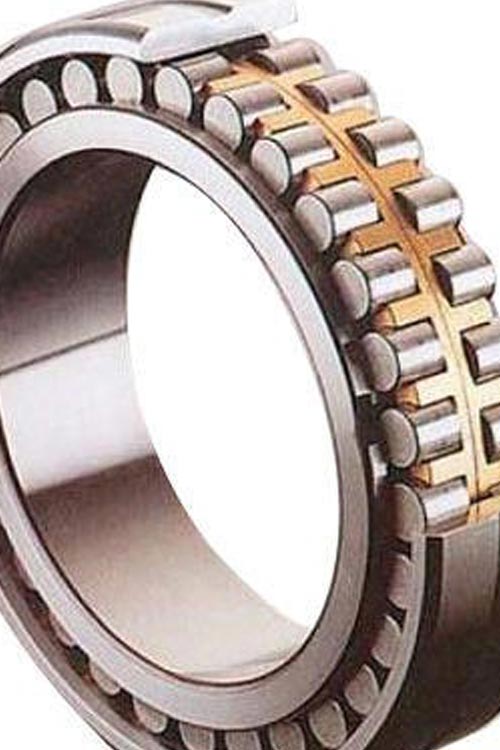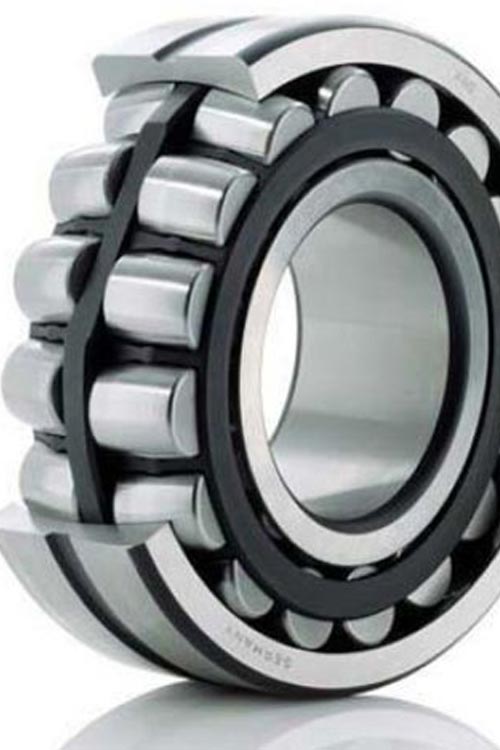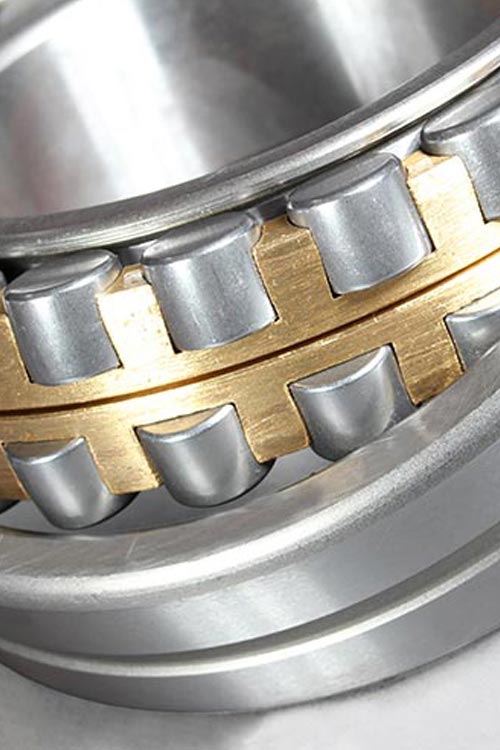SKU 310130
Category Greases
High Temperature Grease
STEELTHERM 461
High Temperature Grease Advantages
High temperature grease with very high wear protection can be used in many areas of the industry. It safely meets the lubrication performance targeted for high points in high lubrication sections in rolling mills via its centralized lubrication system. Thus, high temperature grease offers you a superior lubrication performance beyond your expectations.
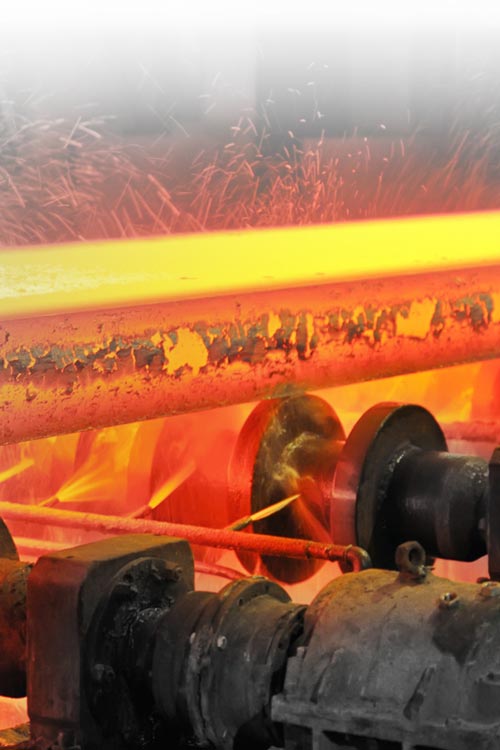
High temperature grease offers high performance in wear protection.
It has extra good load carrying capacity
It shows high resistance against corrosion.
High Temperature Grease Features
- It has excellent resistance against water. Thus, the waste water rate is minimized.
- It has a structure that reduces costs by significantly reducing the level of consumption.
- It offers the best possible pumping performance in centralized lubrication systems.
- High temperature grease reduces bearing costs.
- It has a very homogeneous structure with beige color

High Temperature Grease Usage Areas
Which Industries
Should Prefer?

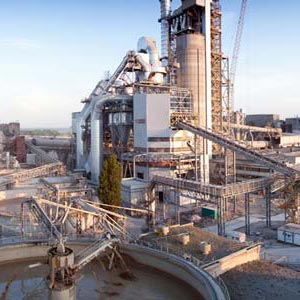

You can contact us for any questions you may have
YOU MAY
ALSO
INTEREST
PRODUCTS
High Temperature Grease Tech Data
| ANALİZLER | STANDART | BİRİM | SONUÇ |
|---|---|---|---|
| Color | Beige | ||
| Appearance | Homogeneous | ||
| Thickener | Polyurea | ||
| Base Oil | Paraffinic Mineral | ||
| Base Oil Viscosity (cst) at 40 °C | ASTM D445 | cSt | 500 |
| Temperature Range | °C | -10 / 180 | |
| NLGI Class | 1 | ||
| Penetration | ASTM D217 | mm/10 | 310 - 340 |
| Dropping Point | ASTM D2265 | °C | >240 |
| Seperation from Oil (% weight) 30 hours / 100 °C | ASTM D6184 | %wt | %6,50 |
| Seperation from Oil (% weight) 7 days / 40 °C | IP 121 | %wt | 0,01 |
| Water Spray ( % weight) 38,5 °C, 5dk, Max | ASTM D4049 | %wt | %45 |
| Rust Test | ASTM D1743 | Pass |
High Temperature Grease Frequently Asked Questions
Contact Form
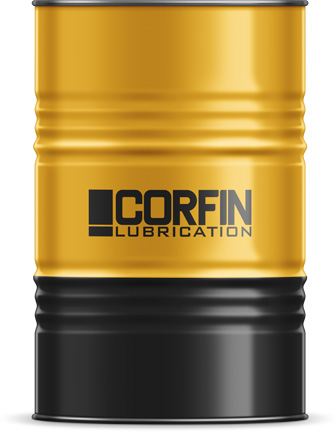
MADE IN
TÜRKİYE
FOR ALL ORDERS
FREE SHIPMENT
ON-SITE PROBLEM
DETECTION
TECHNICAL
CONSULTING
High temperature resistant grease with very high load, water and steam resistance can be easily used in casting plants. Examples of these are plain bearings in casting plants and drive rollers in casting plants. It also plays an active role in the lubrication of conveyor rollers in tunnel furnaces.
Steeltherm 461 is very retentive under both dynamic and static loads. At the same time, it shows extra resistance to water. For this reason, it can be easily used even on surfaces that are frequently in contact with water.
High temperature lubricating grease has a very homogeneous structure with a beige color. With this property, it can be used easily without causing a disturbing appearance. The polyurea substance used in its production significantly extends the life of the grease. Thus, it contributes to your economy by reducing maintenance and material costs.
The information contained on this page is based on our current experience and is intended to provide information on appropriate use or application based on technical experience. It does not constitute a warranty or guarantee for the product. It is recommended that you contact us for your specific applications and for more comprehensive information. Akoni Kimya reserves the right to change all of the information on this page without notice.
SKU 310130
Category Greases
High Temperature Grease
STEELTHERM 461

THICKENER
Polyurea
BASE OIL
Paraffinic Mineral
NLGI
1
18 kg, 180 kg
1 Week
-
MADE IN
TÜRKİYE
-
FOR ALL ORDERS
FREE SHIPMENT
-
ON-SITE PROBLEM
DETECTION
-
TECHNICAL
CONSULTING
High Temperature Grease Advantages
High temperature grease with very high wear protection can be used in many areas of the industry. It safely meets the lubrication performance targeted for high points in high lubrication sections in rolling mills via its centralized lubrication system. Thus, high temperature grease offers you a superior lubrication performance beyond your expectations.

High temperature grease offers high performance in wear protection.
It has extra good load carrying capacity
It shows high resistance against corrosion.
High Temperature Grease Features
- It has excellent resistance against water. Thus, the waste water rate is minimized.
- It has a structure that reduces costs by significantly reducing the level of consumption.
- It offers the best possible pumping performance in centralized lubrication systems.
- High temperature grease reduces bearing costs.
- It has a very homogeneous structure with beige color

High Temperature Grease Usage Areas
Which Industries
Should Prefer?


You can contact us for any questions you may have
IN THESE PRODUCTS
YOU MAY BE INTERESTED
High Temperature Grease Tech Data
| ANALİZLER | STANDART | BİRİM | SONUÇ |
|---|---|---|---|
| Color | Beige | ||
| Appearance | Homogeneous | ||
| Thickener | Polyurea | ||
| Base Oil | Paraffinic Mineral | ||
| Base Oil Viscosity (cst) at 40 °C | ASTM D445 | cSt | 500 |
| Temperature Range | °C | -10 / 180 | |
| NLGI Class | 1 | ||
| Penetration | ASTM D217 | mm/10 | 310 - 340 |
| Dropping Point | ASTM D2265 | °C | >240 |
| Seperation from Oil (% weight) 30 hours / 100 °C | ASTM D6184 | %wt | %6,50 |
| Seperation from Oil (% weight) 7 days / 40 °C | IP 121 | %wt | 0,01 |
| Water Spray ( % weight) 38,5 °C, 5dk, Max | ASTM D4049 | %wt | %45 |
| Rust Test | ASTM D1743 | Pass |
High Temperature Grease Frequently Asked Questions
Contact Form
High temperature resistant grease with very high load, water and steam resistance can be easily used in casting plants. Examples of these are plain bearings in casting plants and drive rollers in casting plants. It also plays an active role in the lubrication of conveyor rollers in tunnel furnaces.
Steeltherm 461 is very retentive under both dynamic and static loads. At the same time, it shows extra resistance to water. For this reason, it can be easily used even on surfaces that are frequently in contact with water.
High temperature lubricating grease has a very homogeneous structure with a beige color. With this property, it can be used easily without causing a disturbing appearance. The polyurea substance used in its production significantly extends the life of the grease. Thus, it contributes to your economy by reducing maintenance and material costs.
The information contained on this page is based on our current experience and is intended to provide information on appropriate use or application based on technical experience. It does not constitute a warranty or guarantee for the product. It is recommended that you contact us for your specific applications and for more comprehensive information. Akoni Kimya reserves the right to change all of the information on this page without notice.
